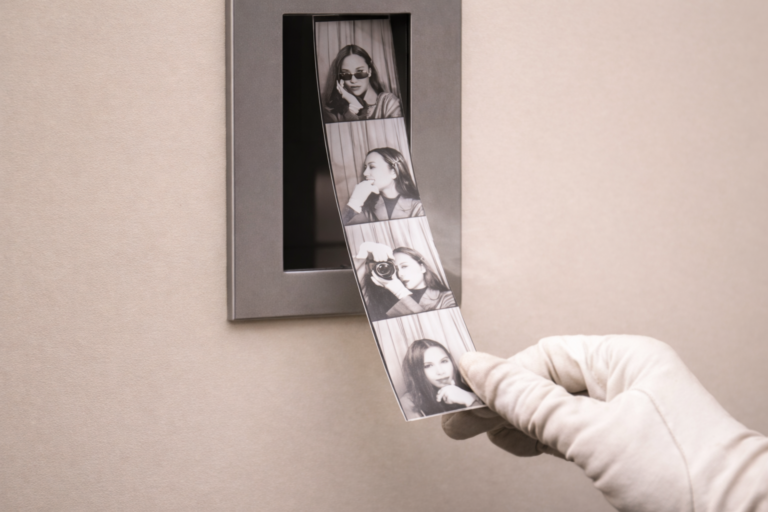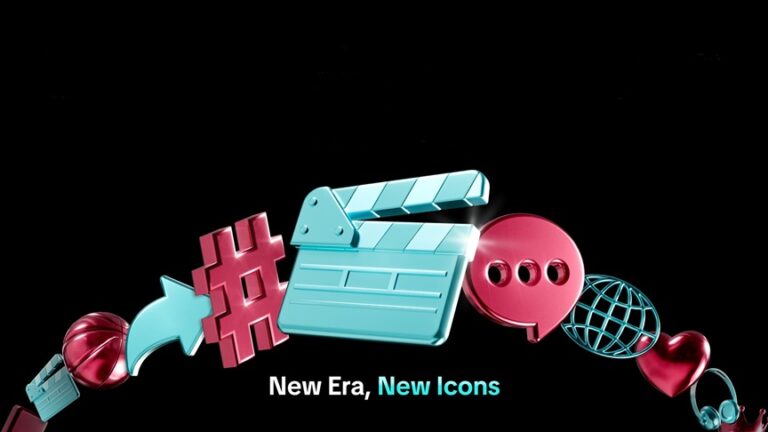WHY 3D PRINTING IS THE FUTURE OF FASHION:
3D printing, or additive manufacturing, enables designers to create intricate patterns, custom-fit garments, and avant-garde accessories that were once deemed impossible with traditional methods. By layering materials such as resin, nylon, or even bio-fabricated substances, 3D printing opens up endless possibilities for experimentation and personalization.
One of the most significant advantages of 3D printing in fashion is sustainability. The industry has long been criticized for its environmental impact, from wasteful production processes to fast fashion’s disposable culture. 3D printing addresses these issues by reducing waste, allowing for on-demand production, and using recyclable or biodegradable materials. Additionally, it eliminates the need for large inventories, as designs can be printed as needed, minimizing overproduction.
DESIGNERS LEADING THE 3D PRINTING REVOLUTION:
A growing number of designers are embracing 3D printing, using it to create visionary collections and redefine what’s possible in fashion. Here are some trailblazers:
- Iris van Herpen Known as the queen of 3D-printed couture, Iris van Herpen has been a pioneer in integrating this technology into high fashion. Her futuristic designs often blur the lines between art, science, and fashion. Collaborating with architects, engineers, and scientists, she’s produced mesmerizing collections like “Voltage” and “Hypnosis,” featuring intricate 3D-printed dresses that move like liquid sculptures.
- Danit Peleg Danit Peleg made headlines by creating the first entirely 3D-printed fashion collection. She’s focused on making this technology accessible to everyday consumers. Her designs highlight the potential for customization and how 3D printing can democratize fashion by allowing individuals to download and print their own clothing.
- Julia Daviy A sustainability advocate, Julia Daviy uses 3D printing to craft eco-friendly garments. Her zero-waste approach emphasizes how this technology can help reduce the environmental footprint of fashion production. From 3D-printed skirts to statement tops, her collections showcase the harmonious blend of sustainability and innovation.
- Zac Posen Renowned for his glamorous red-carpet designs, Zac Posen ventured into 3D printing to create stunning sculptural gowns. His collaborations with GE Additive and Protolabs resulted in breathtaking pieces, such as a rose-petal-inspired dress worn by Jourdan Dunn at the Met Gala.
- Karina Bond Karina Bond is another visionary making waves in the 3D printing space. Known for her futuristic yet wearable designs, Bond merges technology with artistry to create unique, customized garments. Her work often explores the interplay between organic forms and digital precision, offering a fresh perspective on contemporary fashion. Her latest collection highlights the use of biodegradable materials, further cementing her commitment to sustainable innovation.
HOW 3D PRINTING IS REVOLUTIONIZING FASHION:
- Customization: Imagine a world where your clothing fits you perfectly because it’s tailored to your exact measurements. 3D printing makes this a reality, offering personalized designs that cater to individual preferences.
- Sustainability: The ability to produce garments with minimal waste is a significant leap forward for the fashion industry. With 3D printing, designers can use eco-friendly materials and adopt a zero-waste approach.
- Design Innovation: From intricate textures to complex geometries, 3D printing allows for unparalleled creativity. Designers can experiment with forms and structures that would be impossible to achieve using traditional methods.
- Efficiency: Traditional garment production involves multiple stages, from fabric weaving to sewing. 3D printing streamlines this process, allowing for faster and more efficient production cycles.
Ahead CHALLENGES AND THE ROAD AHEAD:
While the potential of 3D printing in fashion is immense, there are challenges to overcome. The cost of 3D printers and materials can be prohibitive, and the technology’s speed is not yet suitable for mass production. Additionally, achieving the same comfort and durability as traditional fabrics remains a work in progress.
However, advancements are being made at a rapid pace. As technology becomes more accessible and materials improve, 3D printing is likely to become a staple in the fashion industry. It’s not hard to envision a future where consumers can purchase digital patterns from designers and print their clothes at home or in local printing hubs.
The future of fashion is undoubtedly being shaped by 3D printing. This innovative technology is not just transforming how we design and produce clothing but also how we think about sustainability and personalization. With visionary designers leading the way and advancements in technology making 3D printing more accessible, the possibilities are endless. As we step into this new era, fashion is poised to become more creative, sustainable, and inclusive than ever before.




